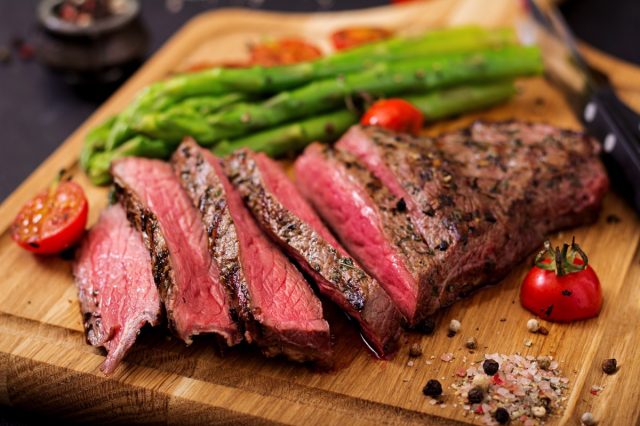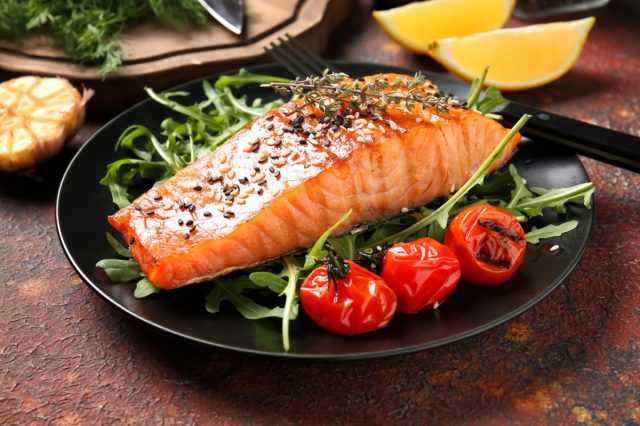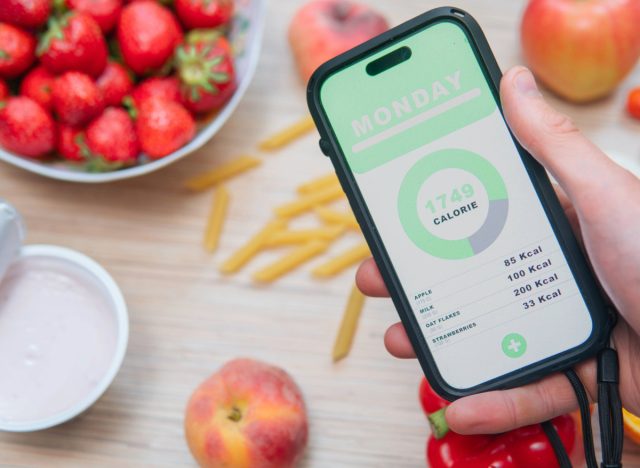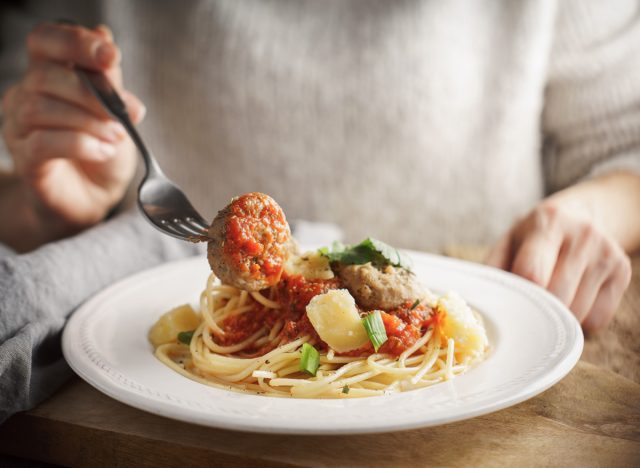5 Best Ways To Feed Muscle & Melt Body Fat

In order to improve strength, balance, stamina, energy, and bone density, it’s essential to take the right steps to build muscle. Doing so will also rev up your metabolism, which is helpful in burning fat. To simplify the process, we spoke with experts to learn the best ways to feed muscle and shrink fat.
“Building muscle while burning fat comes down to fueling smart and lifting heavy and consistently enough to challenge your muscles,” explains Josie Porter, senior registered dietitian with Simple Life App, an award-winning, AI-powered weight loss and health coaching platform. “That means not overly restricting calories and eating enough, at regular intervals, to support growth, recovery, and sustainable fat loss. With those calories, prioritize high protein at each meal to build and repair, use carbs around workouts for more bang for your buck in the gym, and fill out meals with fiber-rich, high-volume foods like fruit and veg to stay full and keep cravings down.”
While there’s no “one-size-fits-all” recipe of protein, carbs, and fat for a slim-down and muscle-building diet, studies indicate that pairing enough protein with a consistent training routine are important.
“Protein needs are well-established, but carbs and fats can flex based on preference, training style, and recovery,” says Josie. “If you’re lifting heavy, carbs can be especially useful, not just for fueling sessions, but for sparing protein so it’s used for muscle building, not energy.”
Let’s delve into the most effective ways to feed muscle and shrink body fat.
Prioritize Protein Throughout the Day

The majority of people with a goal of building muscle while staying lean have success with consuming 1.6-2.2g of protein per kg of their body weight each day. Josie recommends starting at the low end of this range and tapering as you progress.
“Total intake matters more than timing, since once you’re getting enough, your muscles have a steady stream of amino acids to draw from,” Josie says. “That said, spreading protein fairly evenly across meals (no need to be exact) and including some post-workout can support recovery, muscle growth, and stabilize hunger, which may help you see greater results, faster.”
Maintain a Whole, Nutrient-Dense Diet

Consuming a whole, nutrient-dense diet is essential when it comes to supporting muscle growth, metabolic wellness, hormone balance, and recovery.
Dawn Menning, registered dietitian and certified diabetes care and education specialist with Nutu, a healthy lifestyle and prediabetes prevention app suggests, “Aim for lean protein, high fiber veggies, complex carbs, and healthy fats.”
Create a Small Calorie Deficit

When your goal is weight loss, it’s important to make sure you are creating a calorie deficit. This means burning more calories than you consume. When your endgame is to build muscle and lose fat, make sure it’s just a minimal calorie deficit.
Dawn tells us, “Set a slight calorie deficit to lose fat without losing muscle.”
Time Carb Consumption Around Your Workout Routines

Carbs get a bad rap. Too much of anything isn’t good for you. But some carbs are important as they’re your body’s main source of energy.
“Time carbs around workouts. Eat them pre-workout to provide energy and post-workout to support recovery,” Dawn says.
Be Patient and Consistent

As with any successful diet or workout goal, patience and consistency are the kings of the road.
“Body recomposition can gradually occur through a combination of strength training and diet strategies,” Dawn explains. “It is not a quick change, or the same for each individual. Patience and consistency are key.”